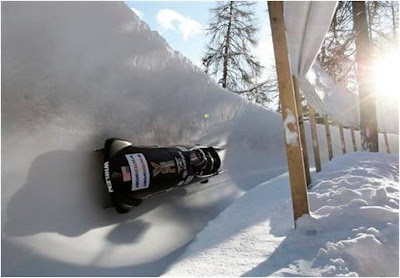Growing up in an ag-based community, I learned how important the weather was to a farmer. People from other parts of the country check the weather forecasts simply so they know whether to wear a jacket or not. In Nebraska, the weather determines the work day or even the week.
Farmers hope for a cooperative April and May. They want the rain to hold off until just after the last field has been planted. Then let the rain come. But, of course, not too much at once so the young crops are forced to extend their roots deep into the ground to provide strength for the wind that is sure to come during the tornado season. They want hot and sunny summer days with scattered moisture to limit the need for irrigation with no destructive tornadoes or hail. Then, toward the end of summer, in September farmers want dry weather to help reduce the moisture content of the corn so they won’t have to run their dryers in the bins constantly before they take their harvest to the Co-ops. During the winter months, it’s best to have a steady amount of snow so the ground can retain moisture for a solid planting season next spring.
The unrealistic weather wants and wishes of the Nebraska farmer could be compared to the weather fantasies of a bobsledder. If you’ve followed my Facebook updates or my website, www.TomaseviczBobsled.com, you’ve seen how tired I am of having to compete against both other teams and the weather. We can’t seem to buy a break.
 |
The Night Train going
through a left curve on the natural track in St. Moritz, Switzerland.
|
What’s even more ridiculous is that this weekend’s race in St. Moritz, Switzerland is known for weather-induced results. This track is a natural track, meaning that there is no track in the summer. Workers take blocks of ice and snow and carve the 1700+ meters of track by hand. They spray a mist of water, shave the curves, then repeat that process until the track is a complete mile-long ice sculpture. The only problem with that is that, without refrigeration like the other tracks in the world, the surface of the track melts a little in the afternoons in the sunlight. And the small film of water reduces the friction of our runners on the ice. So on this track, for a fair race to take place, we are hoping for a cloudy and cold day. I guess, just like Nebraskan farmers, bobsledders are never satisfied with the weather!


Interesting comparison of the two professions. Well written, but the editor missed one in the first paragraph. Wasn't sure where it was going at first, but, good article all-in-all.
ReplyDelete